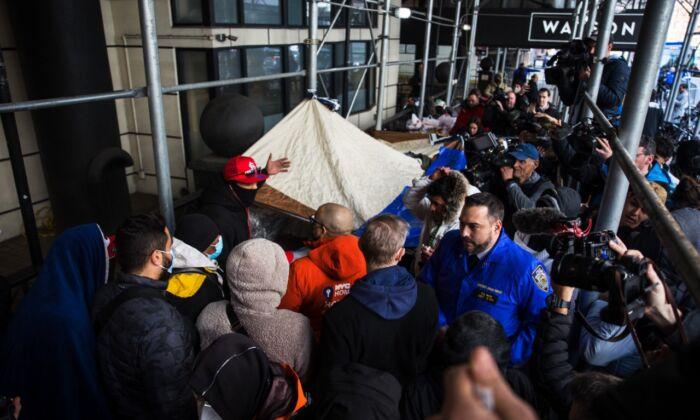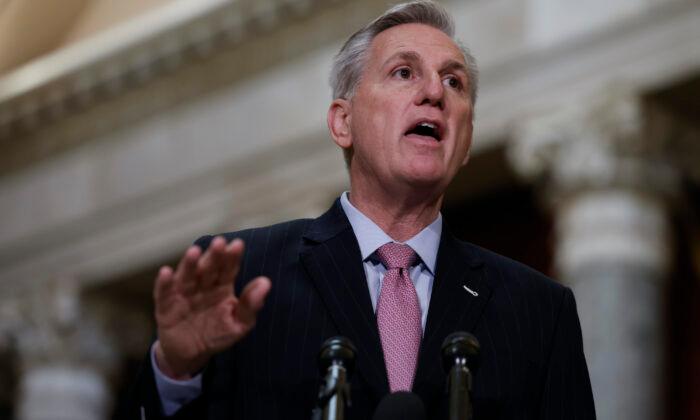China’s sky-high factory inflation, also known as the producer price index (PPI), slowed in November from a 26-year high the month before.
China’s industrial inflation had sped up since May this year, adding to the pressure on global consumer prices and raising concerns over the country’s role in global inflation.
“As policies to stabilize prices and ensure supply have stepped up, the rapid surge in coal, metal, and other energy and raw material prices has been initially contained, leading to a slowdown in PPI,” she said.
Authorities have rolled out a series of interventions in recent months, including setting an immediate ex-mine price target and ordering rapid production to cool red-hot prices.
While factory inflation remains uncomfortably high, the price moderation may give policymakers some latitude to unleash more stimulus to shore up flagging growth.
China’s central bank on Dec. 6 announced a cut to the amount of cash that banks must hold in reserve, freeing more cash for lending. Such a move is the second one of this year, to bolster slowing growth.
The consumer price index (CPI) rose 2.3 percent year-on-year last month, the NBS said in a separate statement, slower than expectations but picking up from 1.5 percent in October. Prices of fresh vegetables jumped 30.6 percent on yearly basis in November, contributing to the CPI increase. Pork prices dropped 32.7 percent from last year but rose from October.
Consumer inflation remains modest as strict COVID-19 curbs impede consumption and weigh on demand, pointing to a limited pass-through from high factory gate prices.
No cases of the Omicron COVID-19 variant have been reported in China to date, but its emergence could add pressure to the strict zero-tolerance policy on coronavirus cases and increase logistical challenges for exporters, analysts say.
The country faces multiple headwinds heading into 2022 including the downturn of its property sector.
Chinese Academy of Social Sciences, the country’s top government think tank, on Dec. 6 recommended authorities set an economic growth target of above 5 percent for 2022, compared to 8 percent of this year.




